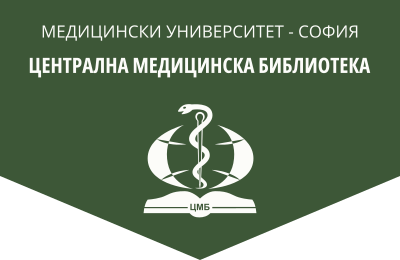Takayasu’s arteritis – the wide spectrum of clinical manifestations and differences in course of pediatric-onset versus adult-onset: a systematic review
Bulgarian Medical Journal, 2025, 19(3), 14-18.
Z. Stoyanova1, K. Temelkova1, 2
1 Pediatric Rheumatology Department, University Children’s Hospital „Prof. Ivan Mitev“ ‒ Sofia
2 Department of Pediatrics, Faculty of Medicine, Medical University ‒ Sofia
Abstract. Takayasu’s arteritis (AT) is a rare form of chronic vasculitis of the large vessels, primarily affecting the aorta, its main branches and the pulmonary arteries. It is characterized by autoimmune-mediated inflammation, vascular remodeling and endothelial dysfunction. Damage to the arterial wall leads to complications such as segmental stenosis, aneurysm formation, and arterial occlusion with subsequent organ ischemia, hypertension, and life-threatening conditions such as myocardial infarction or stroke. Diagnosis is based on clinical criteria and angiographic changes. The heterogeneous clinical manifestations and non-specific symptoms at the onset of the disease make early diagnosis difficult. There are some significant differences in the course of the disease in children and in adult patients. In recent years, significant progress has been made in understanding the pathophysiology, diagnosis, treatment and follow-up of patients with Takayasu’s arteritis. The course of the disease is severe and is associated with a significant deterioration in the quality of life and high mortality.
Key words: Takayasu’s arteritis, children, adult patients, clinical manifestations, differences
Address for correspondence: D-r Zdravka Stoyanova, Pediatric Rheumatology Department, University Children’s Hospital “Prof. Ivan Mitev”, 11 Akademik Ivan Evstratiev Geshov Blvd., Bg – 1431 Sofia, e-mail: stoyanova_z@pediatrichospital.bg
